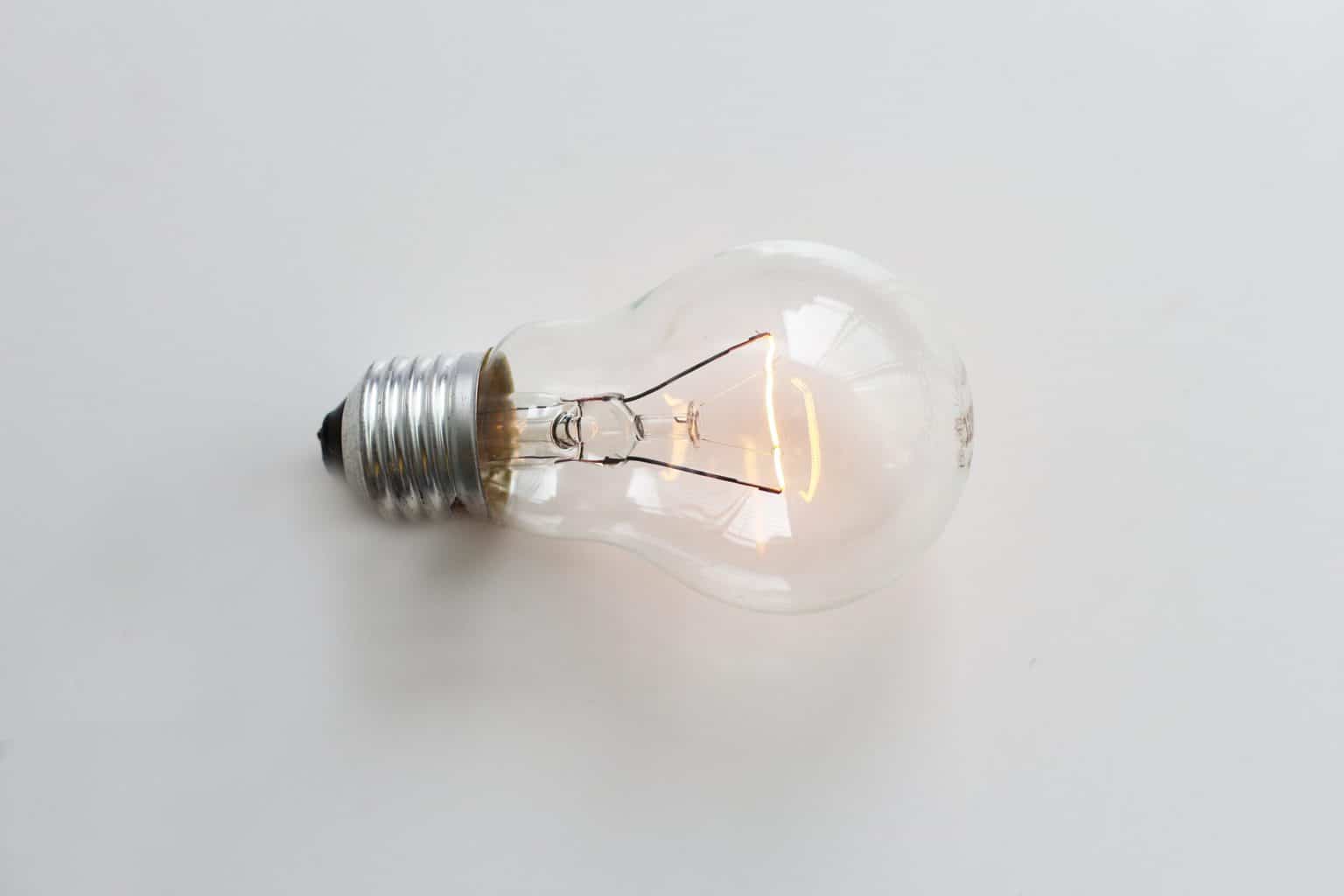

Articles
Why Is An LED Bulb Still Glowing When Off
Modified: October 20, 2024
Discover the reasons why LED bulbs continue to emit a faint glow when turned off. Read our informative articles to understand this scientific phenomenon.
(Many of the links in this article redirect to a specific reviewed product. Your purchase of these products through affiliate links helps to generate commission for Storables.com, at no extra cost. Learn more)
Introduction
LED bulbs have become increasingly popular in recent years due to their energy efficiency and long lifespan. However, many people have noticed a peculiar occurrence – their LED bulbs continue to emit a faint glow even when they are turned off. This phenomenon can be puzzling and may raise concerns about the safety and functionality of LED bulbs.
In this article, we will delve into the reasons why LED bulbs may still glow when turned off, and explore possible solutions to address this issue. By understanding the underlying technology and electrical principles at play, we can unravel the mystery behind LED bulbs that remain illuminated even when the switch is flipped.
Please note: The information provided in this article is intended for educational purposes only. If you have any concerns about the operation or safety of your LED bulbs, it is advisable to consult a qualified electrician or lighting professional.
Key Takeaways:
- LED bulbs may glow when turned off due to electrical leakage, residual voltage, capacitor discharge, or phantom power. Understanding these factors can help address the issue and ensure a visually comfortable environment.
- Solutions such as using high-quality LED bulbs, compatible dimmer switches, and load resistors can minimize or eliminate the glow. Consulting a professional electrician for personalized guidance is advisable for addressing this common occurrence.
Read more: Light Bulb Glows When Switched Off
Understanding LED Technology
Before delving into the reasons why LED bulbs may continue to glow when turned off, it’s essential to have a basic understanding of how LED technology works. LED stands for Light Emitting Diode, which is a semiconductor device that converts electrical energy into light energy.
Unlike traditional incandescent bulbs, which rely on heating a filament to produce light, LEDs use a semiconductor material that emits photons when an electric current passes through it. This process is known as electroluminescence. The color of the light emitted by an LED is determined by the type of semiconductor material used.
LED bulbs offer numerous advantages over traditional lighting options. They are energy efficient, consuming significantly less electricity to produce the same amount of light. They also have a longer lifespan, lasting up to 25 times longer than incandescent bulbs.
LED bulbs are commonly used for various applications, including residential lighting, commercial lighting, automotive lighting, and even in electronic displays and signage.
Now that we have a basic understanding of LED technology let’s explore why LED bulbs may continue to glow when turned off.
Reasons for LED Bulb Glowing When Off
There are several reasons why an LED bulb may continue to emit a faint glow even when it is switched off. Understanding these reasons can help shed light on this common occurrence:
- Electrical Leakage: LED bulbs, like any electrical device, can experience electrical leakage. This is when a small amount of current continues to flow through the circuit even when the switch is turned off. The leakage current may be due to poor wiring, damaged components, or imperfections in the LED driver.
- Residual Voltage: LED bulbs may still glow when turned off due to residual voltage within the circuit. This can happen when there is a small amount of voltage remaining in the electrical system, which is not enough to power the bulb fully but still causes a faint glow.
- Capacitor Discharge: LED bulbs often contain capacitors that store electrical energy. When the switch is turned off, the capacitors may discharge slowly, causing the bulb to remain slightly illuminated for a short period of time.
- Phantom Power: Some LED bulbs are designed to be operated with a dimmer switch. Dimmer switches often send a small amount of voltage even when the switch is in the off position. This phantom power can cause the LED bulb to glow dimly.
It’s important to note that a faint glow from an LED bulb when it is turned off is generally not a cause for alarm. However, if the glow is very bright or persists for an extended period of time, it may indicate an underlying issue that should be addressed.
Now that we understand some of the reasons behind LED bulbs glowing when turned off, let’s explore potential solutions to this issue.
Electrical Leakage
One of the reasons why LED bulbs may continue to glow when turned off is due to electrical leakage. Electrical leakage occurs when a small amount of current flows through the circuit even when the switch is in the off position. This can happen due to a variety of factors:
- Poor Wiring: If the electrical wiring in your home or building is not properly installed or has deteriorated over time, it can lead to electrical leakage. Loose connections, inadequate insulation, or damaged wires can create paths for electricity to flow even when it should be disconnected.
- Damaged Components: LED bulbs are made up of various components, including the LED chips, driver circuitry, and other electronic components. If any of these components are damaged or faulty, it can result in electrical leakage. This can be caused by manufacturing defects, improper handling, or wear and tear over time.
- Imperfections in the LED Driver: The LED driver is a crucial component that regulates the flow of current to the LED chips. If the LED driver has defects or inconsistent performance, it can lead to electrical leakage. This can result in a residual current flowing through the LED circuit even when the bulb is switched off.
To address electrical leakage and prevent LED bulbs from glowing when turned off, it is essential to identify and rectify the underlying issues:
- Check the Wiring: Inspect the electrical wiring in your home or building to ensure that it is in good condition. Look for any loose connections, exposed wires, or signs of damage. Consider hiring a qualified electrician to inspect and repair any faulty wiring.
- Replace Damaged Components: If you suspect that the LED bulb itself is the cause of the electrical leakage, try replacing it with a new one. Ensure that the replacement LED bulb is of high quality and from a reputable manufacturer. Alternatively, you can contact the manufacturer or supplier to inquire about component replacement options.
- Consult a Professional: If you are unable to identify or resolve the electrical leakage issue on your own, it is best to consult a qualified electrician or lighting professional. They can thoroughly assess your electrical system, identify the source of the leakage, and provide appropriate solutions.
By addressing electrical leakage, you can minimize or eliminate the glow from LED bulbs when they are switched off, ensuring a more comfortable and visually appealing environment.
Residual Voltage
Residual voltage is another common reason why LED bulbs may continue to emit a faint glow when turned off. Residual voltage refers to the small amount of voltage that remains in the electrical system even when the switch is in the off position.
There are several factors that can contribute to residual voltage in the circuit:
- Inductive Load: Some electrical devices, such as motors or transformers, generate electromagnetic fields that can induce voltage in nearby circuits. This induced voltage can cause a small amount of residual voltage to remain in the system, leading to a slight glow in LED bulbs.
- Long Circuit Length: The length of the electrical circuit can also play a role in residual voltage. Longer circuits with more wiring can result in higher resistance, which in turn can generate a small amount of residual voltage even when the switch is off.
- Poor Grounding: Inadequate grounding or improper grounding techniques can contribute to residual voltage. Without proper grounding, excess electrical charge can build up in the system, leading to residual voltage and the glow in LED bulbs.
To address the issue of residual voltage and prevent LED bulbs from glowing when turned off, consider taking the following steps:
- Use a Quality Switch: Ensure that the switch used for controlling the LED bulb is of high quality. Poor quality switches may not completely disconnect the circuit, resulting in residual voltage. Investing in a reliable switch can help minimize the glow.
- Install a Snubber: A snubber is an electrical component that can help suppress voltage spikes and reduce the residual voltage in a circuit. Consider installing a snubber, particularly if the residual voltage issue persists despite using a quality switch.
- Improve Grounding: Ensure that your electrical system has proper grounding. Consult a qualified electrician to check the grounding and make any necessary improvements. Effective grounding can help dissipate excess charge and minimize residual voltage.
Keep in mind that while these measures can help reduce the glow caused by residual voltage, it may not completely eliminate the issue. In some cases, a faint glow may still be noticeable due to the inherent characteristics of LED bulbs and the residual voltage present in the electrical system.
By understanding and addressing the factors contributing to residual voltage, you can minimize the glow and optimize the performance of your LED bulbs when they are switched off.
Check if the LED bulb is connected to a dimmer switch, as some dimmers can cause the bulb to glow when turned off. If so, consider replacing the dimmer with a compatible one.
Read more: LED Bulb Flashes When Turned Off
Capacitor Discharge
Another reason why LED bulbs may continue to glow when turned off is due to capacitor discharge. LED bulbs often contain capacitors that store electrical energy. When the switch is turned off, the capacitors in the LED bulb can slowly discharge, resulting in a residual glow.
Capacitors are electronic components that store and release electrical energy. They can hold a charge even after the power source is disconnected. The discharge process of capacitors can vary depending on their capacitance and the resistance of the circuit.
Here are some factors that can contribute to capacitor discharge and the subsequent glow in LED bulbs:
- Capacitor Size: The capacitance value of a capacitor determines its ability to store electrical charge. Capacitors with higher capacitance values tend to take longer to discharge, resulting in a prolonged glow in LED bulbs after the switch is turned off.
- Circuit Resistance: The resistance in the circuit affects the rate of discharge of capacitors. Higher circuit resistance can slow down the discharge process, causing the LED bulb to remain illuminated for a longer period after the switch is turned off.
- Capacitor Quality: The quality of the capacitor itself can also influence the rate of discharge. Capacitors of lower quality or ones that have deteriorated over time may discharge more slowly, contributing to a prolonged glow in LED bulbs.
To minimize the glow caused by capacitor discharge, consider the following steps:
- Choose LED Bulbs with Lower Capacitance: When purchasing LED bulbs, opt for those with lower capacitance values. These bulbs tend to discharge more quickly and result in a shorter glow after the switch is turned off.
- Dim the LED Bulb Before Switching Off: Dimming the LED bulb before turning it off can help discharge the capacitor more quickly. By gradually reducing the brightness, you allow the capacitor to discharge gradually, minimizing the residual glow.
- Replace Capacitors: If the issue persists and the glow is significantly noticeable, replacing the capacitors in the LED bulb may help resolve the problem. Consult a qualified electrician or contact the manufacturer for assistance with capacitor replacement.
It’s important to note that a small amount of glow caused by capacitor discharge is a normal characteristic of LED bulbs and may not pose any safety or functional issues. However, if the glow is excessively bright or persists for an extended period, it may be a sign of a faulty or defective LED bulb that requires further investigation.
By understanding and managing the capacitor discharge process, you can minimize the glow in LED bulbs, ensuring a more visually comfortable environment when the bulbs are switched off.
Phantom Power
Phantom power is another factor that can cause LED bulbs to continue glowing when they are turned off. Phantom power refers to the small amount of voltage that can be present in a circuit, even when the switch is in the off position.
This phenomenon is particularly relevant when LED bulbs are connected to dimmer switches. Dimmer switches are designed to control the brightness of the light by adjusting the voltage supplied to the bulb. However, even at the lowest setting or when the switch is turned off, some dimmer switches may still send a small amount of voltage through the circuit. This residual voltage can cause the LED bulb to emit a faint glow.
Here are a few reasons why phantom power can occur and cause LED bulbs to glow:
- Dimmer Switch Design: Some dimmer switches are not explicitly designed to cut off power completely when turned off. Instead, they may still allow a small amount of voltage to pass through the circuit. This residual voltage can be sufficient to power the LEDs in the bulb, resulting in a persistent glow.
- Misconfiguration: Improper wiring or installation of dimmer switches can also contribute to phantom power. If the dimmer switch is not properly connected or if the wiring is incorrect, it can result in a small amount of voltage being present in the circuit even when the switch is off.
- Compatibility Issues: Some LED bulbs may not be fully compatible with certain dimmer switches. This can lead to inconsistent performance and cause the LED bulb to glow when the switch is turned off. It’s important to ensure that the LED bulb and dimmer switch are compatible to minimize the chances of phantom power.
To address the issue of phantom power and prevent LED bulbs from glowing when turned off, consider the following steps:
- Choose LED Bulbs and Dimmer Switches Specifically Designed for Each Other: To minimize compatibility issues, opt for LED bulbs and dimmer switches that are explicitly designed to work together. Look for compatibility information provided by the manufacturer to ensure optimal performance.
- Upgrade to a Better Dimmer Switch: If you are experiencing significant glow from the LEDs when the switch is turned off, consider upgrading to a dimmer switch that is specifically designed to provide complete power cutoff when in the off position.
- Consult a Professional: If the issue persists or if you are uncertain about the compatibility or installation of dimmer switches and LED bulbs, it’s best to consult a qualified electrician or lighting professional. They can assess your setup and provide appropriate recommendations and solutions.
By understanding the phenomenon of phantom power and taking appropriate steps, you can minimize the glow in LED bulbs connected to dimmer switches when they are turned off, ensuring a more pleasant and visually comfortable environment.
Solutions to LED Bulb Glowing When Off
While a faint glow from LED bulbs when they are turned off is generally harmless, it can be bothersome for some individuals. Fortunately, there are several solutions available to address the issue and minimize or eliminate the glow:
- Switch to a Different Bulb: If the glow is persistent and causing significant discomfort, consider switching to a different type of bulb. Incandescent bulbs or halogen bulbs do not typically exhibit this issue, as they rely on different technology.
- Choose High-Quality LED Bulbs: Opt for LED bulbs from reputable manufacturers that have a track record of quality and performance. High-quality LED bulbs often have better circuitry design and components that minimize or eliminate the glow when turned off.
- Use a Different Dimmer Switch: If you have LED bulbs connected to a dimmer switch, it’s important to ensure compatibility. Consider using a dimmer switch that is specifically designed for LED bulbs, as this can help minimize the glow and provide smoother dimming control.
- Upgrade Your Electrical System: In some cases, the glow may be a symptom of an underlying electrical issue. Consider upgrading your electrical system or consulting a qualified electrician to ensure that the wiring, connections, and components are in good condition and properly installed.
- Install a Load Resistor: A load resistor can be connected parallel to the LED bulb to help dissipate any residual electrical current, reducing the glow. This solution requires technical knowledge and expertise, so it’s recommended to consult an electrician for proper installation.
- Isolate the Circuit: If the glow is persistent and none of the other solutions seem to work, isolate the circuit by using a separate switch for the LED bulb. This can help ensure that no residual voltage or leakage from other connected devices is affecting the LED bulb.
It’s important to note that while these solutions can minimize or eliminate the glow, the effectiveness may vary depending on the specific circumstances and the quality of components used. In some cases, a small amount of residual glow may still be noticeable due to the inherent characteristics of LED technology.
If you have concerns or uncertainties about addressing the glow in LED bulbs when turned off, it is advisable to consult a qualified electrician or lighting professional who can provide personalized guidance and solutions based on your specific setup and requirements.
Conclusion
The phenomenon of LED bulbs glowing when turned off can be perplexing, but understanding the underlying causes can help put any concerns to rest. Factors such as electrical leakage, residual voltage, capacitor discharge, and phantom power can contribute to the faint glow experienced with LED bulbs.
While a small glow is generally harmless, it can be bothersome for some individuals. Fortunately, there are several solutions available to mitigate or eliminate the glow, such as using high-quality LED bulbs, choosing compatible dimmer switches, upgrading the electrical system, installing load resistors, or isolating the circuit.
It’s important to note that the effectiveness of these solutions may vary depending on individual circumstances and the specific components used. Consulting a qualified electrician or lighting professional can provide valuable expertise and guidance in addressing the issue.
Overall, LED technology offers numerous benefits in terms of energy efficiency and longevity. The slight glow when bulbs are turned off should not overshadow these advantages. By implementing appropriate solutions and understanding the inherent characteristics of LED bulbs, you can enjoy the benefits of this innovative lighting technology without any unnecessary disturbances.
Please remember to exercise caution when handling electrical components and consult professionals when in doubt. The information provided in this article is intended for educational purposes only and should not substitute professional advice.
Frequently Asked Questions about Why Is An LED Bulb Still Glowing When Off
Was this page helpful?
At Storables.com, we guarantee accurate and reliable information. Our content, validated by Expert Board Contributors, is crafted following stringent Editorial Policies. We're committed to providing you with well-researched, expert-backed insights for all your informational needs.



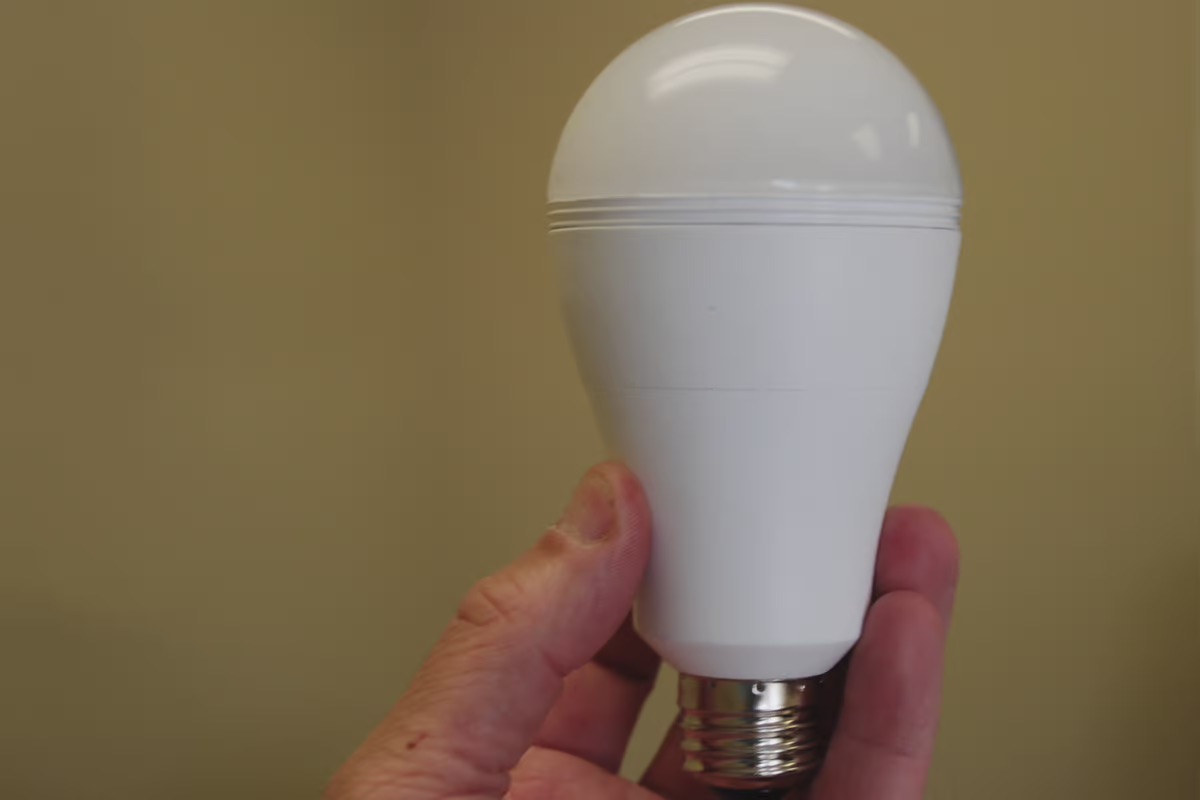
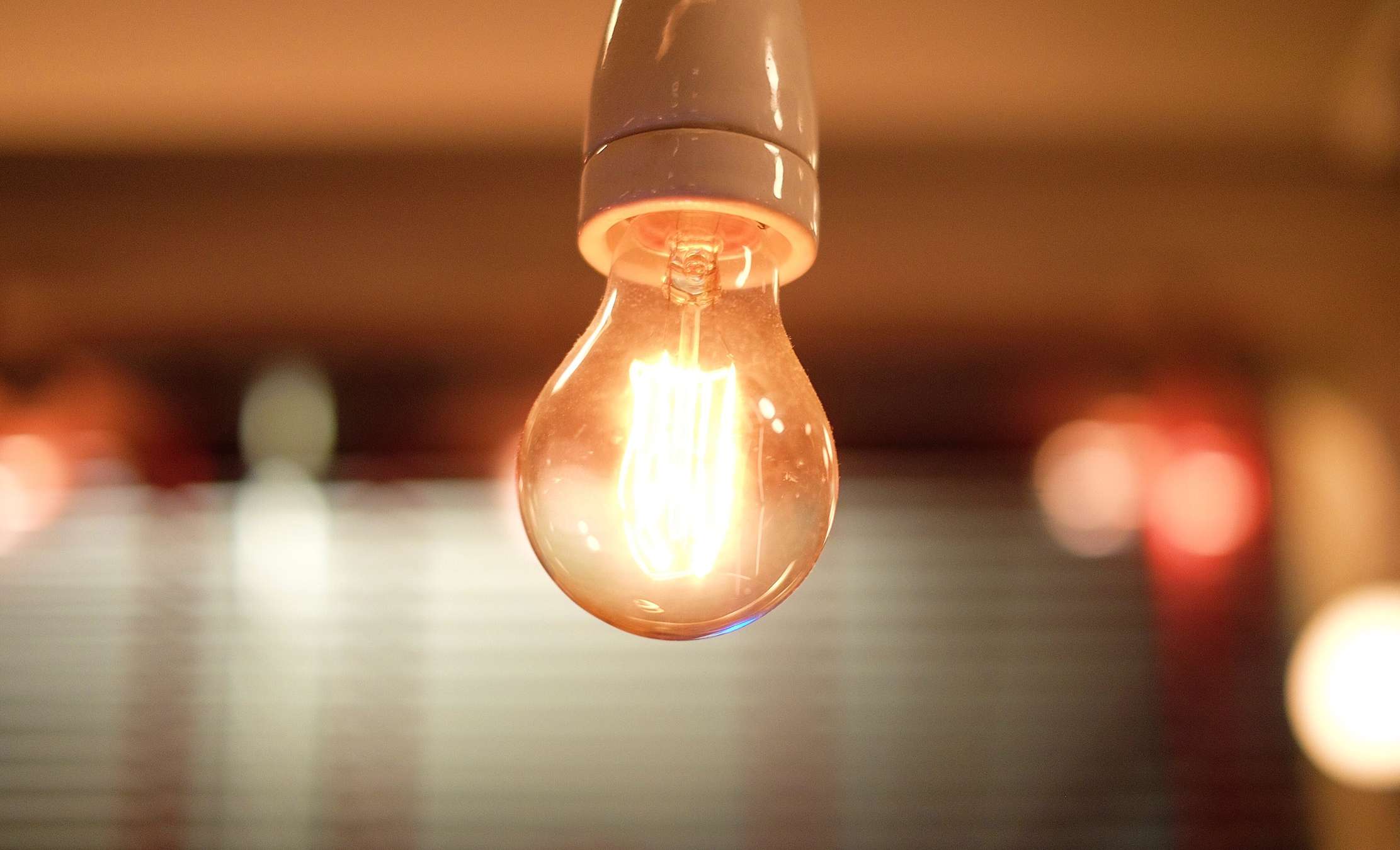
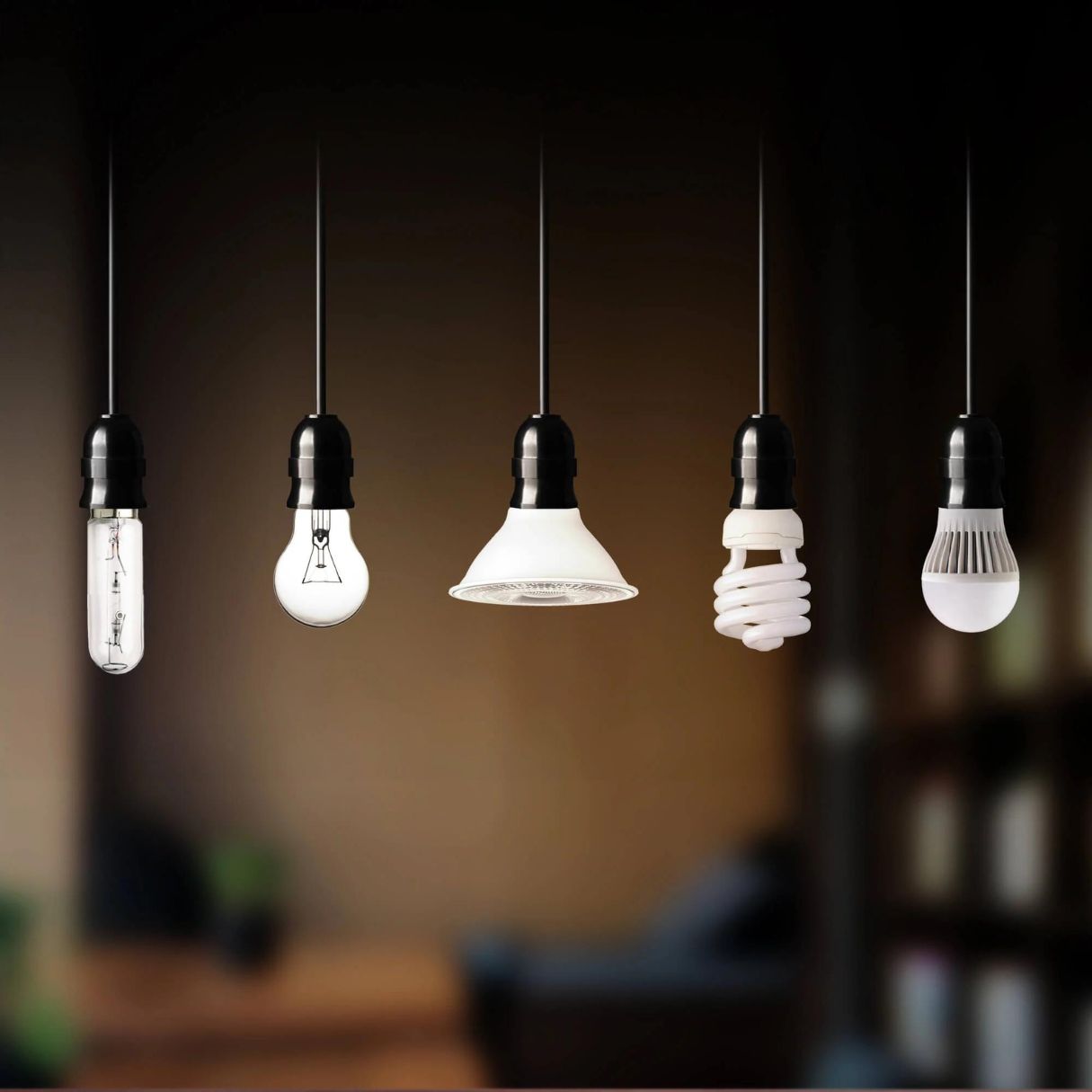
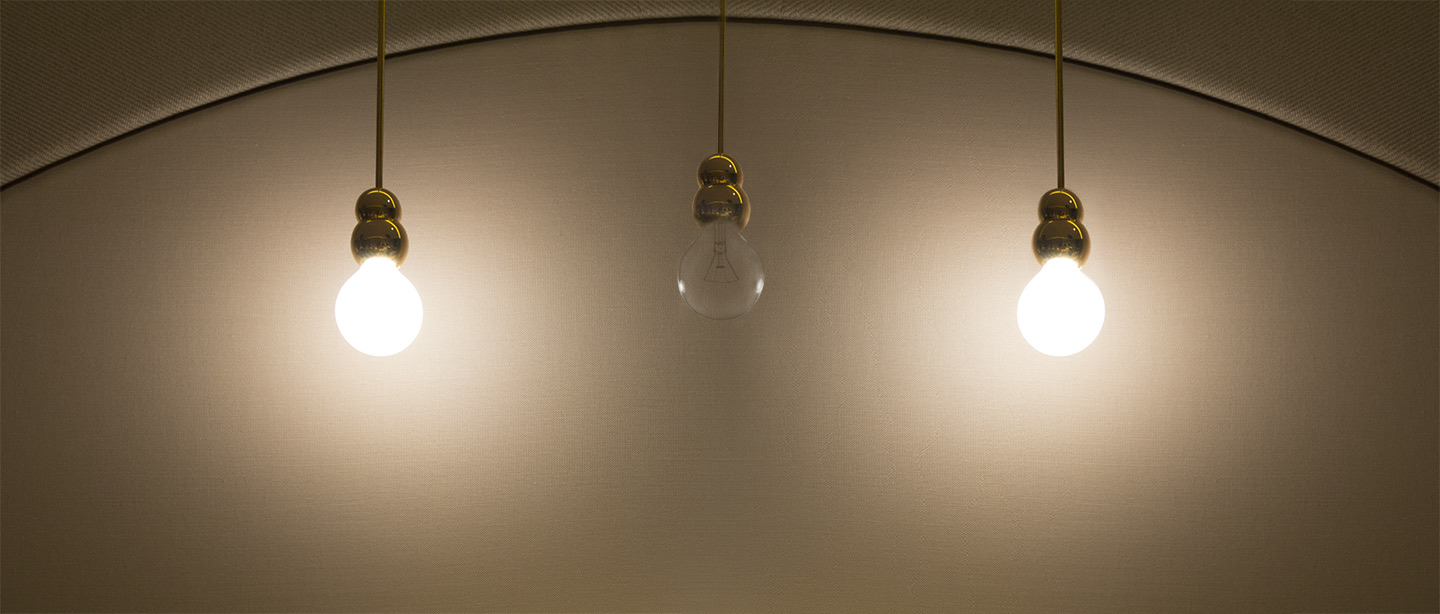
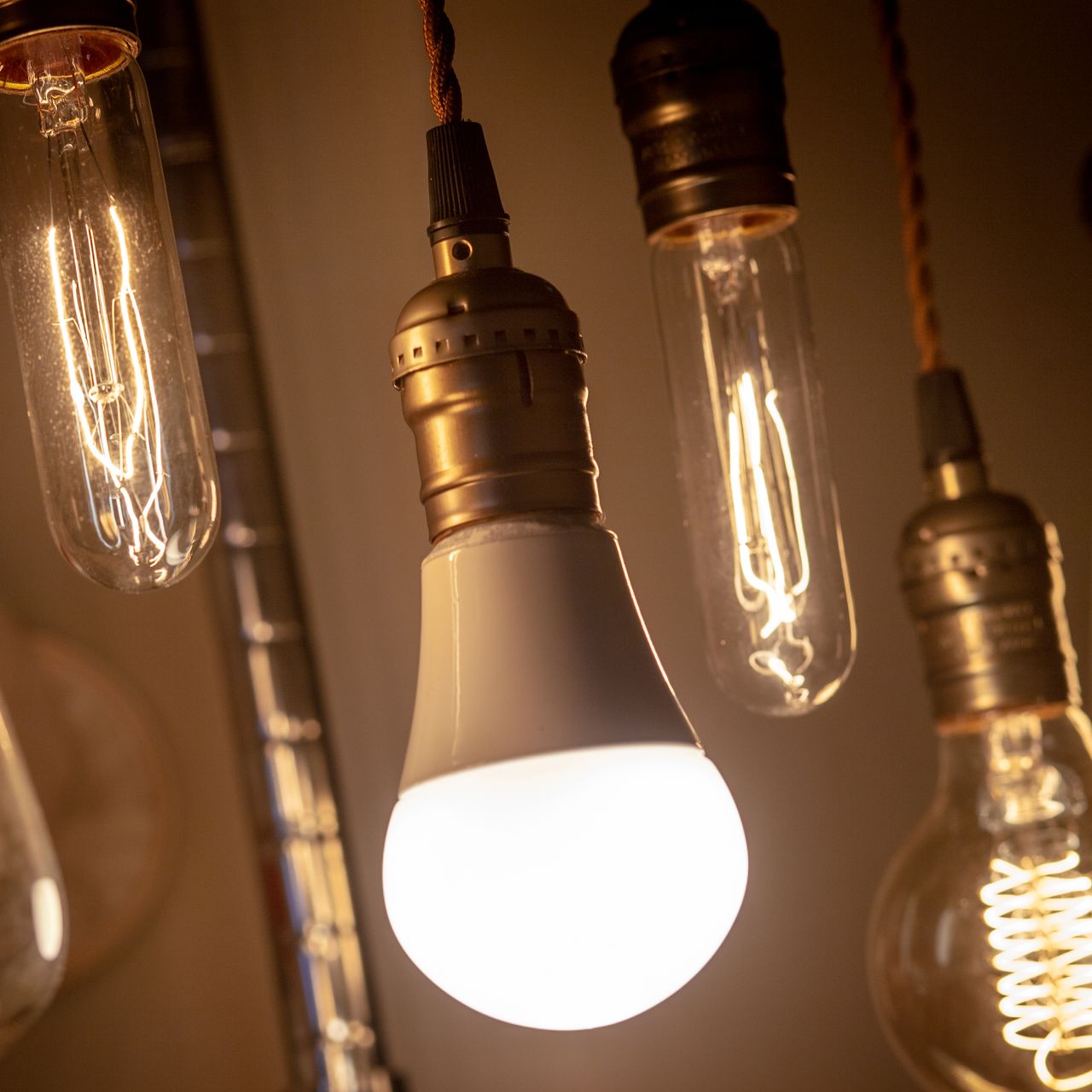
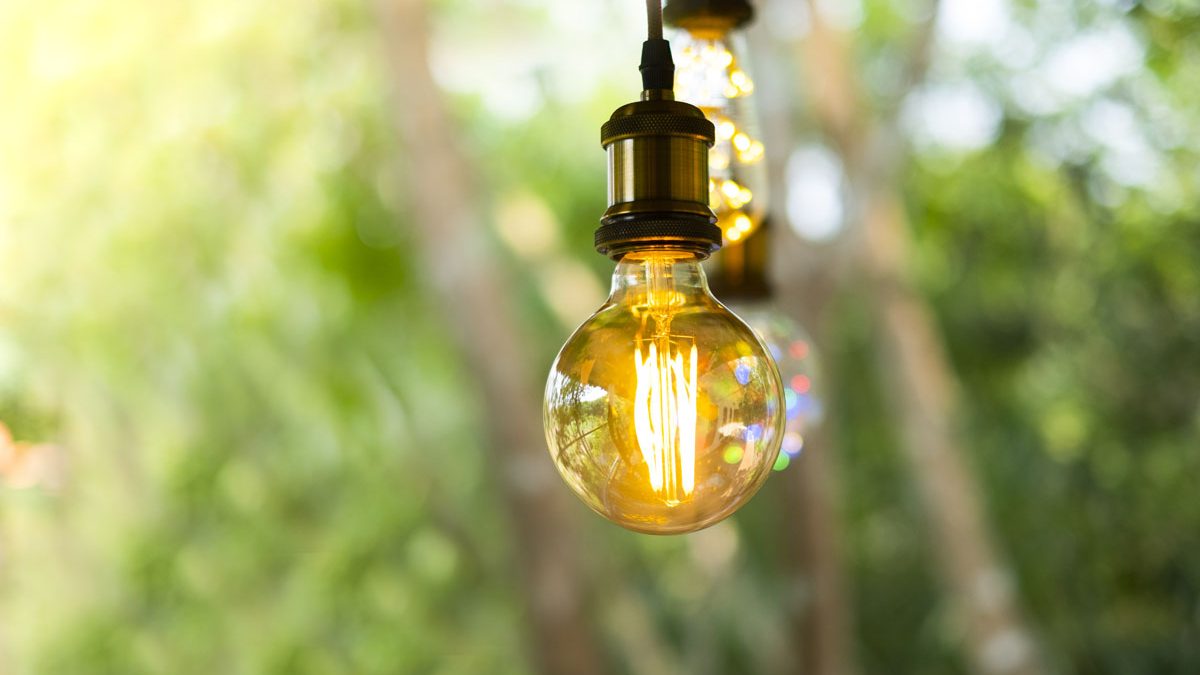

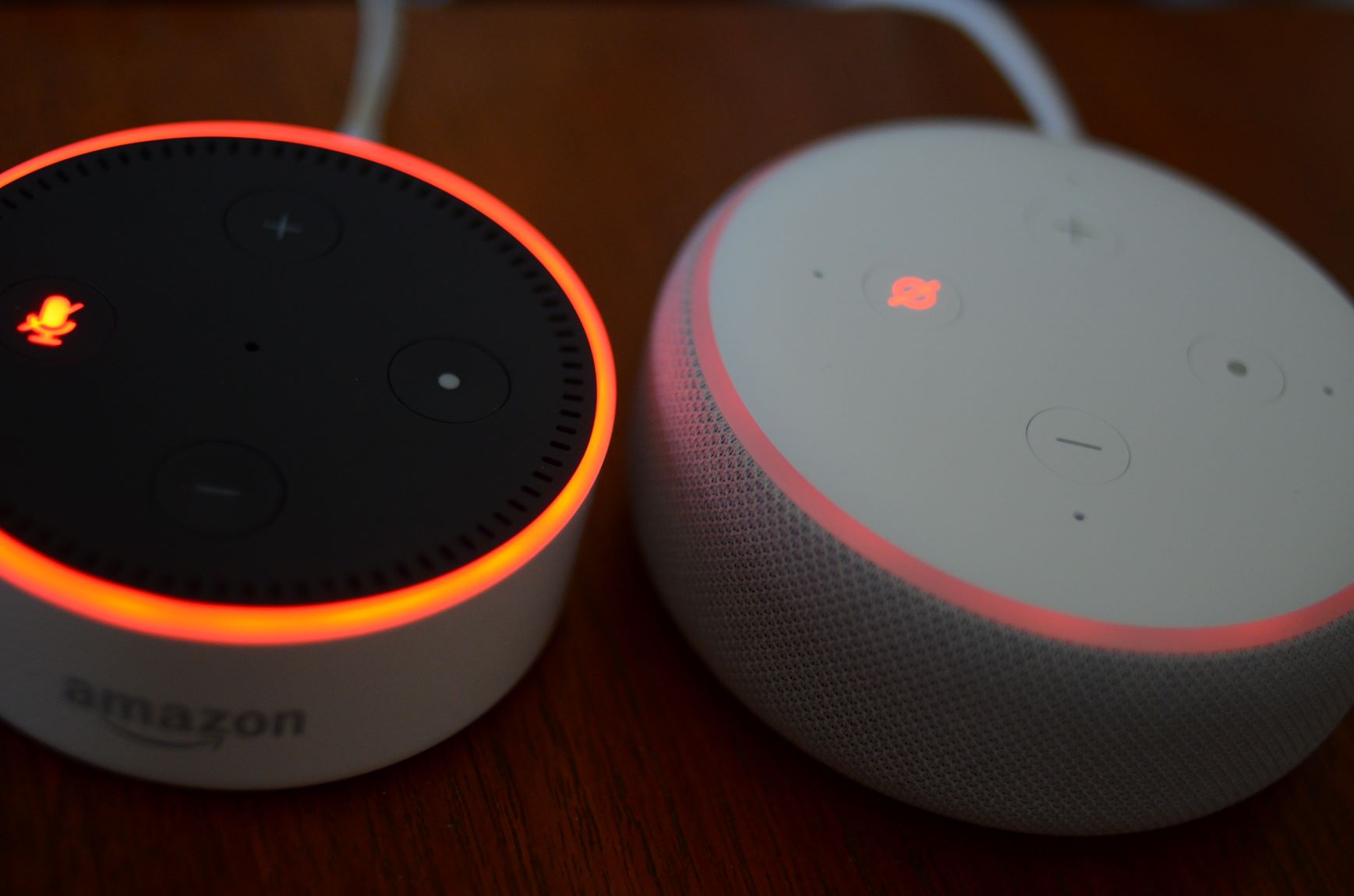




0 thoughts on “Why Is An LED Bulb Still Glowing When Off”